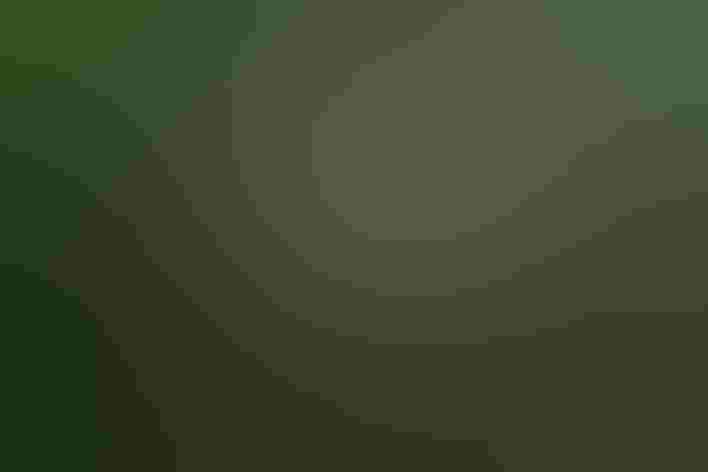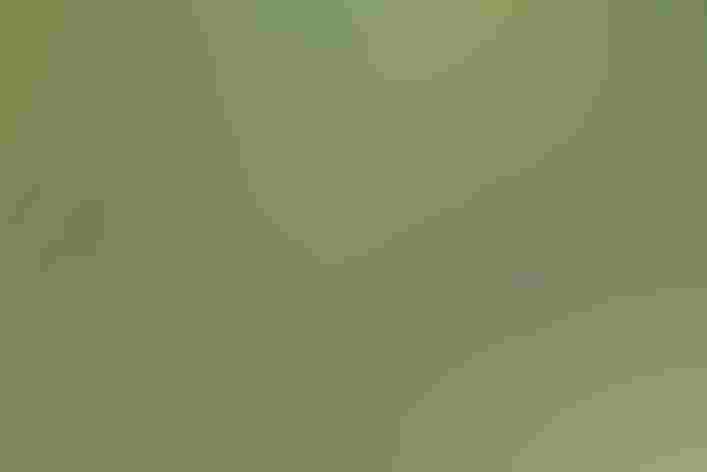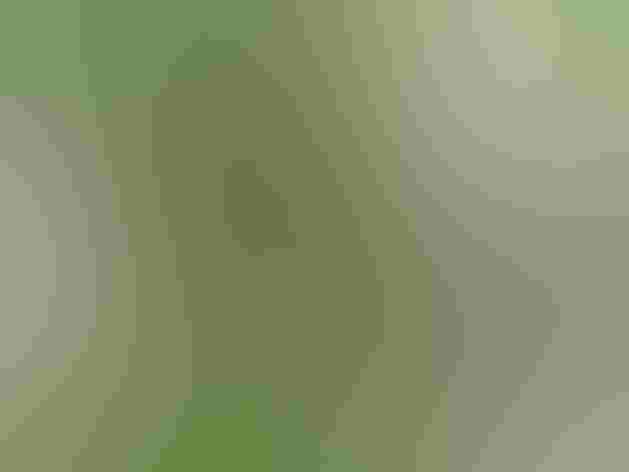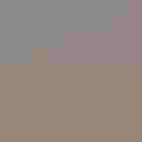Northern Waterthrush
At a Glance
The Northern Waterthrush is likely to be found around bogs and streams inside the forest. Often shy and hard to approach, it draws attention with its odd 'teetering' behavior -- bobbing the rear half of its body up and down constantly as it walks -- and with its loud metallic callnote. It has a wide distribution in both summer (Alaska to New Jersey) and winter (Florida to South America).
All bird guide text and rangemaps adapted from Lives of North American Birds by Kenn Kaufman© 1996, used by permission of Houghton Mifflin Harcourt Publishing Company. All rights reserved.
Category
Perching Birds, Wood Warblers
IUCN Status
Least Concern
Habitat
Forests and Woodlands, Freshwater Wetlands, Lakes, Ponds, and Rivers, Saltwater Wetlands, Tundra and Boreal Habitats
Region
Alaska and The North, California, Eastern Canada, Florida, Great Lakes, Mid Atlantic, New England, Northwest, Plains, Rocky Mountains, Southeast, Southwest, Texas, Western Canada
Behavior
Direct Flight, Flitter, Hovering
Population
17.000.000
Range & Identification
Migration & Range Maps
Migrates mostly at night. Does not migrate north as early in spring as Louisiana Waterthrush. As a migrant, common in the East, scarce in most parts of the West.
Description
6" (15 cm). Dark brown back, bright eyebrow, streaked below. Underparts and eyebrow usually tinged yellow, sometimes more white; compare to Louisiana Waterthrush, also pipits.
Size
About the size of a Robin, About the size of a Sparrow
Color
Black, Brown, Tan, White
Wing Shape
Rounded
Tail Shape
Rounded, Square-tipped
Songs and Calls
Song chee-chee-chee, chip-chip-chip-chew-chew-chew, loud and ringing, speeding up at the end. Call a sharp chink.
Call Pattern
Falling, Flat, Undulating
Call Type
Chirp/Chip, Hi, Whistle
Habitat
Swampy or wet woods, streamsides, lake shores; in migration, also thickets. Breeds mostly in coniferous forests with standing or sluggish water, as found in shrubby bogs and edges of northern lakes, less often along swift streams. In migration, may appear in any habitat; more frequent in thickets along edges of water. In winter in tropics, often in coastal mangrove swamps.
Sign up for Audubon's newsletter to learn more about birds like the Northern Waterthrush
Behavior
Eggs
4-5, sometimes 3-6. Whitish, with brown, purple-gray spots and blotches. Incubation is by female, 12-13 days. In southern part of range, often parasitized by cowbirds.
Young
Fed by both parents. Young leave the nest approximately 10 days after hatching, can fly well by about a week later.
Feeding Behavior
Walks on ground and wades in shallow water. Often forages on half-submerged logs. Uncovers prey by tossing aside dead and soggy leaves found in rock crevices. Defends winter feeding territories against other waterthrushes.
Diet
Aquatic and terrestrial insects, crustaceans. Feeds mainly on insects, including water beetles, water bugs, flea beetles, damselflies, weevils, mosquitoes, ants, fly pupae, caterpillars, moths; also some slugs, snails, crustaceans, and occasionally small fish. Takes mostly insects in winter, also some small crustaceans and other invertebrates.
Nesting
Males sing throughout the breeding season, not ceasing after pair formation; song apparently serves to defend territory. Sometimes sings in flight. Nest site is usually in a small hollow in a moss-covered stump, under a jutting bank, or 0-2' above the ground in roots of uprooted tree, typically very near water. Nest is in shape of open cup, often well hidden among ferns. Constructed by female of leaf skeletons, sphagnum moss, pine needles, twigs, inner bark, and lined with soft material such as red moss filaments.
Conservation
Conservation Status
Could be vulnerable to loss of habitat, especially on wintering grounds, but surveys suggest that numbers are currently stable.
Climate Threats Facing the Northern Waterthrush
Choose a temperature scenario below to see which threats will affect this species as warming increases. The same climate change-driven threats that put birds at risk will affect other wildlife and people, too.








